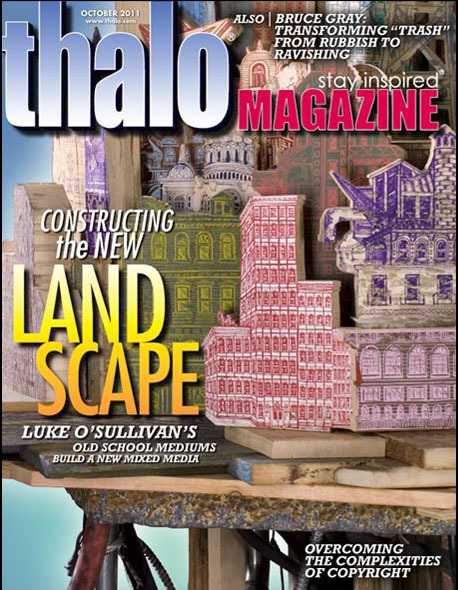
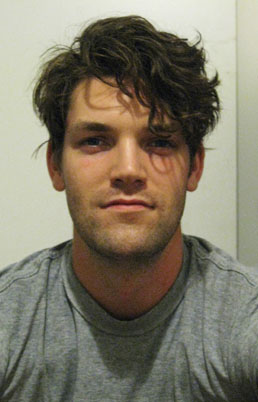 October Cover ArtistCover Artist: Luke O' Sullivan
October Cover ArtistCover Artist: Luke O' Sullivan 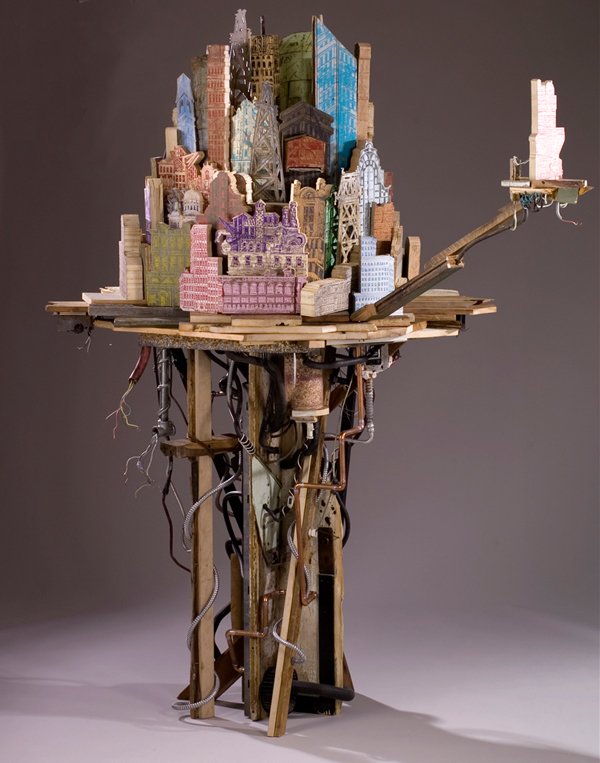
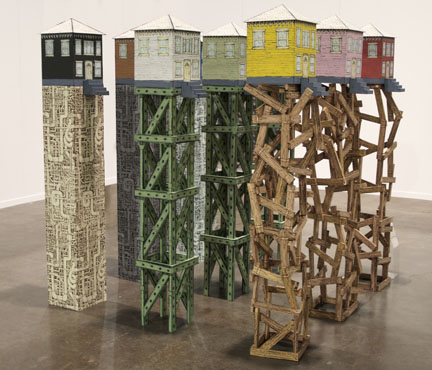
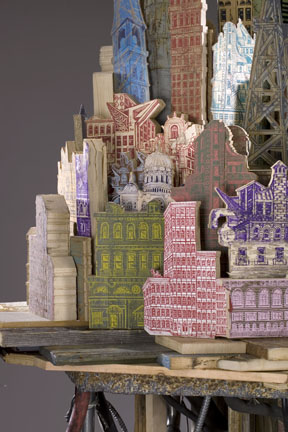
October’s cover artist, Luke O’Sullivan is a sculptor who combines drawing, screenprinting, and woodwork,to create a three-dimensional world of architecture-inspired art. After earning a BFA in fine arts from the Art Institute of Boston and MFA in printmaking from the Rhode Island School of Design, O'Sullivan exhibited in both Cambridge and Boston.
O’Sullivan is thankful “for the opportunity to make art.” With a firm belief that “there’s no set path” to an art career, the animation-inspired sculptor has always followed his heart in his work. “I’m grateful that I’ve had the support throughout my life to do it.”
O’Sullivan is thankful “for the opportunity to make art.” With a firm belief that “there’s no set path” to an art career, the animation-inspired sculptor has always followed his heart in his work. “I’m grateful that I’ve had the support throughout my life to do it.”
The piece that appears on this month’s cover of Thalo magazine, “Landscape XI” is a screenprint on wood and steel that stands roughly seven feet tall by four feet wide. O’Sullivan has long been inspired by “dystopian films” and, with works like this one, makes an effort to “blend different time periods together”—wherein Roman columns meet futuristic skyscrapers. “Everyone just sees a building at first,” the artist explains, “but when they really stare at it, it turns into more of an object.”
thalo: What was the first work of art you sold?
Luke O'Sullivan: A drawing that I did as a freshman in college sold to a professor, who had seen it randomly. It was a perspective-based interior, looking out a window. He said that he appreciated the way I had fabricated the entire thing, which was very encouraging.
th: How did your professional career evolve?
LO: I started working with printmaking as an undergraduate and fell in love with it. I followed that path and pursued it through a MFA program [at the Rhode Island School of Design]. Printmaking was really my tool to start building these architecturally-inspired things that I’ve been creating for the past 10 years. Come from a family of contractors and construction workers, my work hasn’t always been buildings, but it’s always focused on structural objects.
th: How do you feel your growth as an artist has been reflected in your work over the years?
LO: In a lot of ways, [my work has] become a lot weirder. It’s inspired by sci-fi ideas and dystopian notions
th: What topic is most prevalent in your recent work?
LO: Idealism and sort of economic idealism. I have a strong response to the notion of home owning and what it means to live in places that are glorified through architecture.
th: Is there one piece you are most proud of?
LO: I think I’d have to go with my first wall-mounted cityscape that I did, “Landscape X” (2008). It’s important to me because it was such a new way of looking at things. The technicality of it—the process of building the city—was really challenging and really rewarding.
th: What was the inspiration behind “Landscape XI”?
LO: That piece was my attempt at sort of making an island. The idea was that there was a third-party or an observer. It had a lot to do with voyeurism and also the relationship between the architecture of buildings and the systems that power them.
th: What is your process?
LO: All of my work starts with a preliminary drawing of what I want the whole piece to look like. I draw everything by hand—and each building can take hours. After everything’s finished, I screenprint on wood. Once I have all the buildings set out, I arrange them in a way that’s fitting. I could spend my entire life on one piece but, at some point, you just have to get the point across. There’s something to be said for overdoing a piece. It’s something that I struggle with. You have to finish what you wanted to say and then walk away from it.
th: How does your vision for a piece change once you begin?
LO: My initial drawings are worked out on a very micro scale: 3-inches by 6-inches. They’re all very suggestive at the [beginning]. Through the process, they become more detail-oriented and specific. It allows me room for innovation and improvisation throughout the piece—as opposed to following something very closely, like a blueprint.
th: What’s next for you?
LO: I’m currently working on a piece for a private collector in Boston. It’s big. It’s actually going to be my biggest piece yet. I just moved into a really huge new space [in Philadelphia] with a woodshop, a screen printing shop, and a studio.
For the next year or so, O’Sullivan plans to broaden his body of work and focus entirely on new creations. “There’s never wrong or right,” the artist explains. “There’s only what you believe you need to do. It’s important to remember that.”
O’Sullivan is available for commissions, and can be reached at LukeAOSullivan@gmail.com. To see more of Luke's art work visit www.lukeosullivan.com.
permalink | past covers
